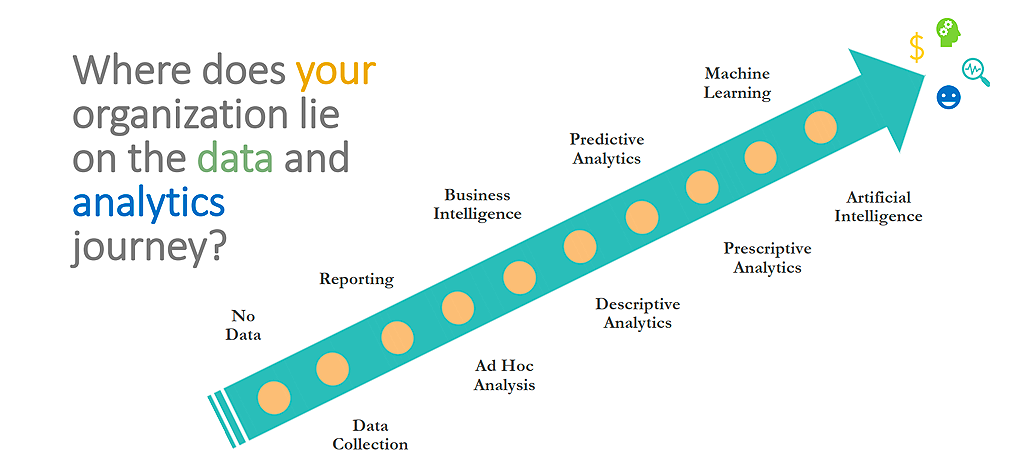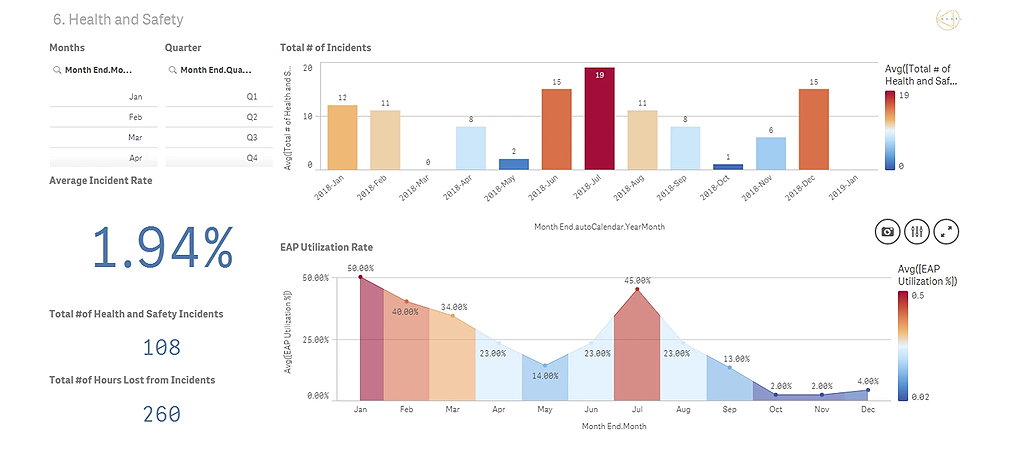October 7, 2021
Welcome to our Monday Minute Interview Series
In this series, Christopher Candy, VP, Business Development at Mobilizz™ sits down with the people and businesses of the Telematics industry. This week we caught up with:
Eric Huang

Eric Huang is the Founder and CEO of Advanced Analytics and Research Lab (AAARL.CA), an affordable analytic service provider, consultancy and education shop. Eric has an undergraduate degree in Honors Business Administration, a Master of Science in Analytics from Ivey Business School, as well as an Honors Specialization in Economics from Western University. He has worked in various capacities in consulting, business development, finance, and academia, and has experiences teaching undergraduate and master level students in fun, engaging, and practical ways. Eric is a fun and friendly individual who loves to learn about everything in the world, and is also an avid coffee drinker, barista, photographer and volunteer.
AARL

Advanced Analytics and Research Lab (AAARL) helps the best teams measure, report, analyze, predict and optimize their most important activities with data analytics. We a hybrid analytics services and solutions organization that provides affordable, user-friendly, and high impact analytical services, tools, and education for you and your organization.
What does AAARL do?
AAARL was founded four years as a hybrid analytics services and solutions company. We do everything from collecting data, to building predictive algorithms, machine learning and AI (Artificial Intelligence).
How should an organization look to get started with Data Analytics?
EH: Every company is unique when it comes to data and possess three unique features: (1) data and technology stack, (2) problem sets and (3) uses of data. Boiled down, this can be viewed as technological, mathematical and business problems. Most people think you can buy data software off the shelf to achieve your needs, but that is a myth. To get started, it’s critical to have comprehensive look at both your data strategy and analytics strategy – what data do you currently have, how do you use it, and where do you want to go? Next, ask yourself: what does better data information mean to you? Finally, determine specific use cases that your organization should start employing analytics to. Before beginning, ensure your company is curious and has a strong desire for continuous improvement. Without these two characteristics, a successful analytics strategy and deployment will be more difficult to achieve

You mentioned a “Data Strategy”. What do you mean by that?
There are two components to data: the technology side and business strategy side. Everyone always talks about the tech side, but businesses rarely ever pay attention to the strategy component. Every company needs a data strategy, the same way they need and have a business strategy. A company must start with a business objective, identify the most important activities in your organization and ask yourself “is data tracking every step of those activities?”. If the answer is “No”, you need to start.
Experts and pundits have been saying for years that “Data is the next oil” Has this declaration proven to be true?
Yes, I think so. If you go back say 5 to 10 years, would you invest more and prepare more for the internet? Most likely, yes. Today, the internet is essential to business. Data sitting there has no value, just like oil underground has no real value. Data must be mined then be refined to make it useable. Most people now agree that analytics will have a bigger impact than the internet ever has. Everyone will be investing heavily in data analytics in the next 5 to 10 years. We are already seeing that.
What are the hurdles or reasons why companies don’t pursue an analytics strategy and plan?
The #1 thing is people don’t understand what it means to ‘have’ analytics. It is a broad and vague term. Understanding what that means is very important. Second, there are no best practices – these practices are still being developed today. This makes it hard for a company with lack of data experience to know where and how to begin. There is also a serious lack of talent. You need someone with a multidisciplinary skillset who is good at tech, good at match and good at solving problems specific to your industry. Finding those combined skillsets is quite difficult.
It’s for these reasons organizations should look to work with data analytics specialists instead of going it alone.
What can Analytics do for an organization’s top line?
It can significantly increase it. Data analytics can be applied to two sides of a business – the revenue side and the expense side. On the revenue side, pricing analytics and marketing analytics are two of the lowest hanging fruit that can help improve an organization’s top line.
Data analytics is an ‘expense’ or ‘cost centre’. Is this true?
No, it is not. Companies need to treat analytics as an investment that has a high payback. All our projects have paybacks in terms of multiples and not percentages. That means the projects pay for themselves multiple times over once implemented successfully.
You are aware of telematics as well as Mobilizz™. How do you think a fleet could get started employing Data Analytics? What are the benefits that you can see?
First off, it is very easy for a fleet to get started because each vehicle has been collecting a tremendous amount of data since the first day telematics was installed! This puts companies who use telematics at a huge advantage since no additional time is needed to collect and organize the data. In terms of benefits, there are plenty in areas analytics can improve upon, such as: maintenance, asset management, driver safety or route management. For example, when it comes to purchasing decisions, we can look at all historical data for an asset class across a fleet, similar fleets and the entire asset class around the world to identify which vehicles have a lower cost of operation as well as which ones have more engine issues. Because of this, purchasing decisions can be made using facts and hard data, not only gut feel or because purchasing one brand of truck has been the norm. AAARL see tons of room for optimizing a fleet and becoming more efficient using data analytics.

What are keys to success when deploying data analytics in a business?
Being open to learning about your business and holding an interest in continuous improvement is critical to a successful data analytics deployment. Typically, the start of an analytics strategy is made up of copious amounts of data in conjunction with a list of known problems. However, the great opportunities come to the surface over the course of time in the pursuit of solving these known problems, bubbling up unknown problems that would have otherwise never been discovered. While analytics can help solve known problems, the real value is when an organization is open to learning and improving, allowing it to go deeper to where a lot of the great opportunities lie. Like pulling at a string, so to speak. Looking at road-side breakdowns for example, we can look at the types of vehicles that break down, timing around the breakdowns as well as where they are occurring. But what happens is, at the same time we are solving a specific known problem, we are reading articles, researching, cross-analyzing, and subsequently discovering new value-add opportunity.
What are some data projects highlights or ‘wins’ your clients have realized?
Two specific ones come to mind. One client is a multi billion-dollar asset management firm who wanted to know how to price their assets. We constructed a 3-layer optimization system that improved their top line revenue by 2-5%, which is significant to a multi-billion dollar revenue company. That project paid itself off for the client in a matter of months. The second was for a major hospital network in Canada. We built optimization systems for their donation and fundraising activities. The algorithms and optimization models we built were used to reduce fundraising costs and increased ROI by 10-20%.
In your crystal ball, looking at the next 3 to 5 years, how do you see data evolving, particularly as it pertains to telematics?
In the short to medium term, I see a lot of investment going into the strategy of structuring data information. People are currently heavily investing in standardizing data collection and sharing. Beyond that, people are getting into advanced data analytics – how to understand the what, why, and when and not just hard data on a report. Turning data into intelligence that is actionable and valuable for the organization. In the last three years, more data has been generated than in the past 50. Data quantity is growing exponentially, and so is technology. Those who don’t see value in investing in analytics today will end up too far behind their competition, and in 3 to 5 years, unable to catch up.

